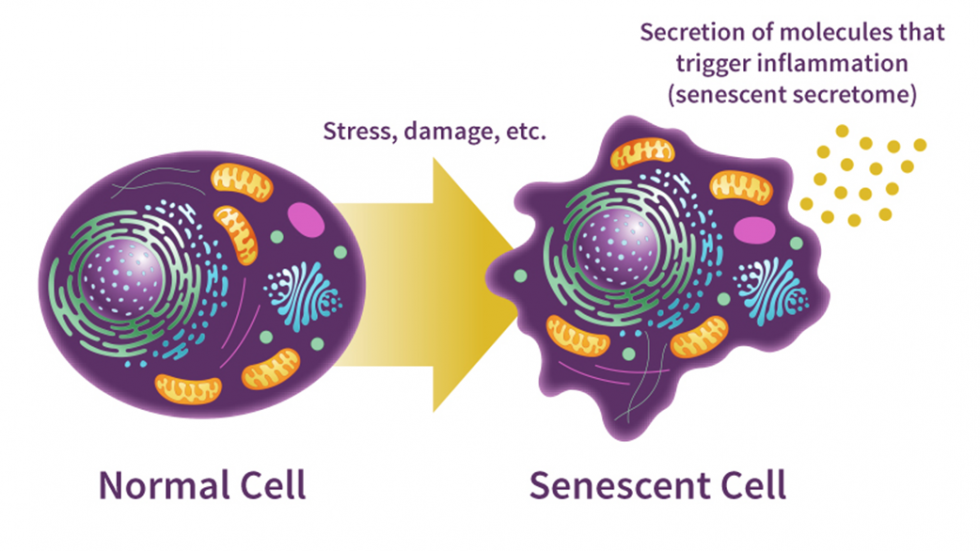Brown University researcher awarded NIH SenNet grant to investigate senescent cell microenvironments across multiple tissues
“Cellular senescence” occurs naturally as we age and is thought to be connected to health and disease across lifespan.
The newly established NIH Common Fund Cellular Senescence Network (SenNet) Program was created to comprehensively uncover the characteristics of senescent cells across the body, across various states of human health, and across lifespan. The goal of SenNet is to provide publicly accessible atlases of senescent cells, the differences among them, and the molecules they secrete, using data collected from multiple human and model organism tissues. This venture will promote the development of new innovative tools and technologies that build upon previous advances in analysis of senescent cells.
Cellular division is a basic hallmark of human biology, but each cell can divide only a finite number of times. Over time, our bodies accumulate cells that can no longer divide. These cells are known as “senescent” and can play important roles in health, either directly or indirectly through the release of molecules that affect other cells. Senescent cells can have beneficial properties, such as helping with wound repair or preventing tumor growth. However, they can also contribute to chronic age-related diseases such as cardiovascular disease and neurodegeneration. While senescent cells have been linked to tumor suppression in some cancers, the treatment for these cancers (radiation, chemo) results in an accumulation of senescent cells which can in turn promote tumor relapse. This diversity in senescent cell behavior makes it difficult to identify and study these cells. Thus, new experimental methods are needed in order to more completely understand senescent cells as well as develop new therapeutic approaches for their removal. The SenNet program aims to fill this gap by bringing researchers together to investigate these remarkable cells.
The Neretti Lab at Brown University was awarded the prestigious SenNet grant for their project, “Spatial omics technologies to map the senescent cell microenvironment” (UG3CA268202). In the spirit of the SenNet program, Dr. Neretti and his colleagues, Dr. Siyuan Wang at Yale University and Dr. Jian Ma at Carnegie Mellon University, are investigating the properties of cellular senescence across a wide array of tissues and microenvironments (the environment immediately surrounding a cell), with the overarching goal of establishing novel methods that allow researchers from all over the world to explore cellular senescence.
"Senescent cells in tissues are notoriously elusive: they are relatively rare and their diversity makes them difficult to identify,” said Dr. Nicola Neretti. “Our group, will apply recently developed technology to image at super-resolution the nuclear organization of the genome in senescent cells in intact tissues identified by the spatial mutiomics method developed by our collaborators. Because the changes in nuclear organization depend on how a cell became senescent and for how long the cell has been senescent, this will inform us on the origin and, potentially, "age" of senescent cells in tissues.”
The Neretti Lab aims to investigate the characteristics of senescent cells by combining three approaches; transcriptomics, proteomics, and super resolution microscopy. Transcriptomics and proteomics assess gene expression by measuring RNA and protein abundance, respectively. This is important because which genes a cell expresses defines the cell’s identity and purpose. The third method, super resolution microscopy, allows for the visualization of these components, thus providing insight into their location within and around a cell. Combining these three technologies thus provides a more complete picture of how that cell behaves.
Dr. Neretti and his team will utilize this combined approach to get a more complete picture of what defines a senescent cell and what effects that cell can have on other cells. Researchers will then be able to use these techniques to study cellular senescence in other contexts, and eventually to study the effectiveness of new drugs that target these cells, paving the way to new therapies against age-related diseases.

